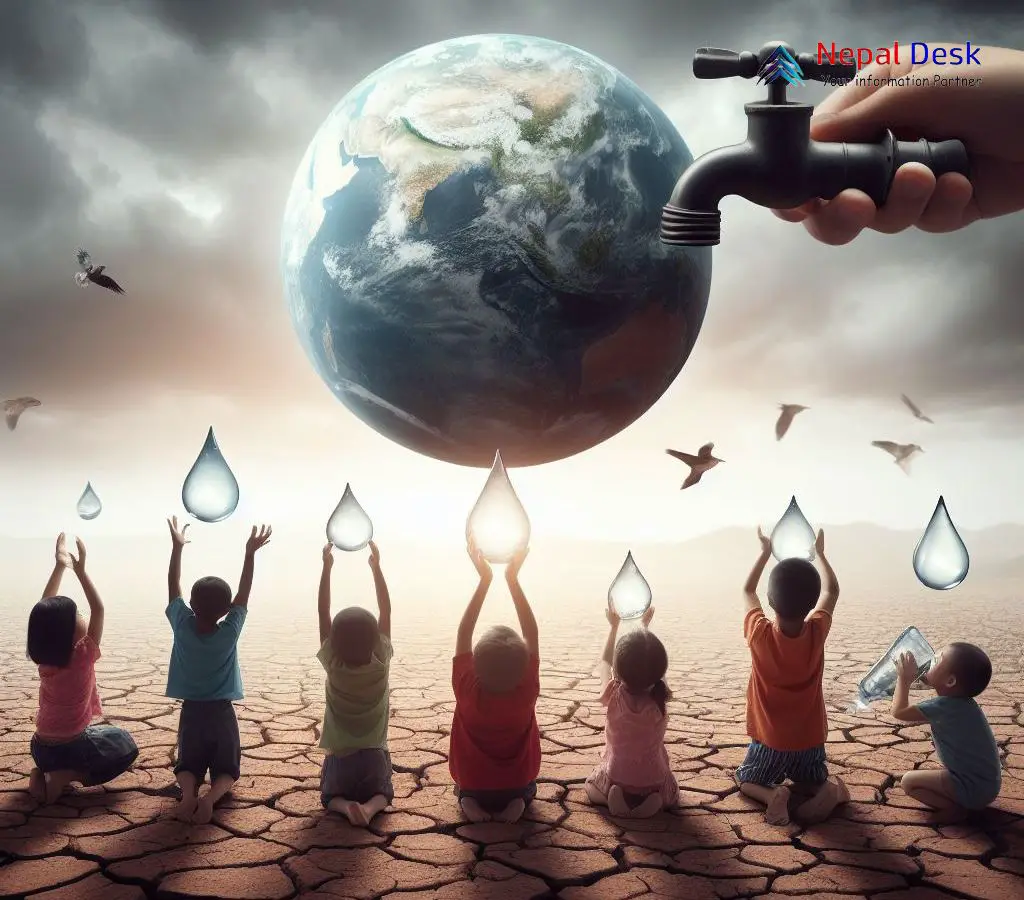Millions of South Asian Children Face Severe Water Scarcity
Published Date

Published Date
UNICEF warns of the severe water scarcity impact on South Asian children amid climate change, with unreliable sources affecting health and education.
⏱ 1 min read
According to the UN, more children in South Asia are suffering from a serious drought aggravated by climate change effects.
In South Asia, the UN Children’s Agency estimated that a staggering 347 million children under 18 are exposed to high or extreme water scarcity, the highest number among all regions in the world according to a recent report. More than 25% of children in the world live in eight regions of Afghanistan, Bangladesh, Bhutan, India, Nepal, Maldives, Pakistan, and Sri Lanka.
The UN said climate change disturbs rainfall patterns leading to unreliable water sources. Countermeasures for poor water quality, lack of water, and mismanagement of water resources such as over-pumping of aquifers, are reduced by climate change.
“In addition, UNICEF stated, “When village wells go dry, the whole village, health centers, and schools are affected.” Children in South Asia will likely face a rise in water scarcity as the future climate patterns of today are becoming more unpredictable.
UNICEF has announced it will appeal to heads of state to “secure a liveable planet” at next month’s UN COP28 climate conference in Dubai. “Safe water is a basic human right,” says UNICEF Chief for South Asia, Sanjay Wijesekera. Still, millions of children go without water in a region with floods, droughts, and other environmental extremities induced largely by climate change.
In South Asia last year, 45 million children did not have access to basic safe drinking water sources, more than any other region globally. However, with the rapid extension of services, that number was set for a cut half with the 2030 target.
